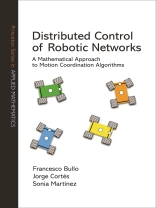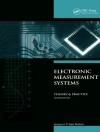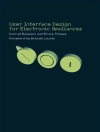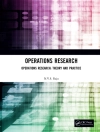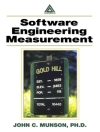This self-contained introduction to the distributed control of robotic networks offers a distinctive blend of computer science and control theory. The book presents a broad set of tools for understanding coordination algorithms, determining their correctness, and assessing their complexity; and it analyzes various cooperative strategies for tasks such as consensus, rendezvous, connectivity maintenance, deployment, and boundary estimation. The unifying theme is a formal model for robotic networks that explicitly incorporates their communication, sensing, control, and processing capabilities–a model that in turn leads to a common formal language to describe and analyze coordination algorithms.
Written for first- and second-year graduate students in control and robotics, the book will also be useful to researchers in control theory, robotics, distributed algorithms, and automata theory. The book provides explanations of the basic concepts and main results, as well as numerous examples and exercises.
- Self-contained exposition of graph-theoretic concepts, distributed algorithms, and complexity measures for processor networks with fixed interconnection topology and for robotic networks with position-dependent interconnection topology
- Detailed treatment of averaging and consensus algorithms interpreted as linear iterations on synchronous networks
- Introduction of geometric notions such as partitions, proximity graphs, and multicenter functions
- Detailed treatment of motion coordination algorithms for deployment, rendezvous, connectivity maintenance, and boundary estimation
Про автора
Francesco Bullo is professor of mechanical engineering at the University of California, Santa Barbara.
Jorge Cortés is associate professor of mechanical and aerospace engineering at the University of California, San Diego.
Sonia Martínez is assistant professor of mechanical and aerospace engineering at the University of California, San Diego.
